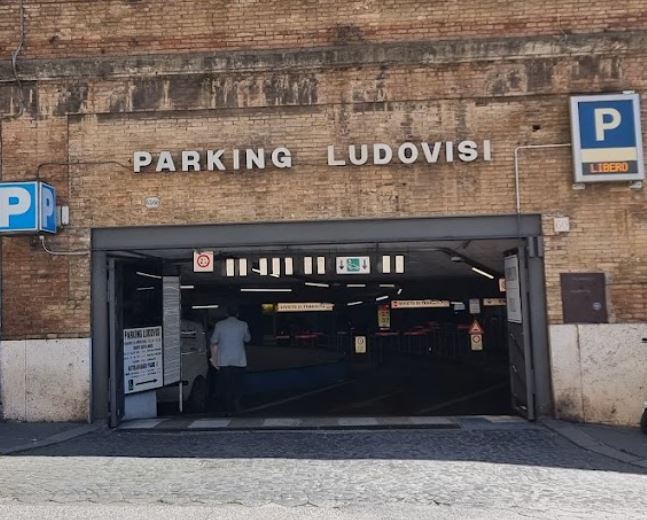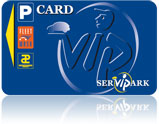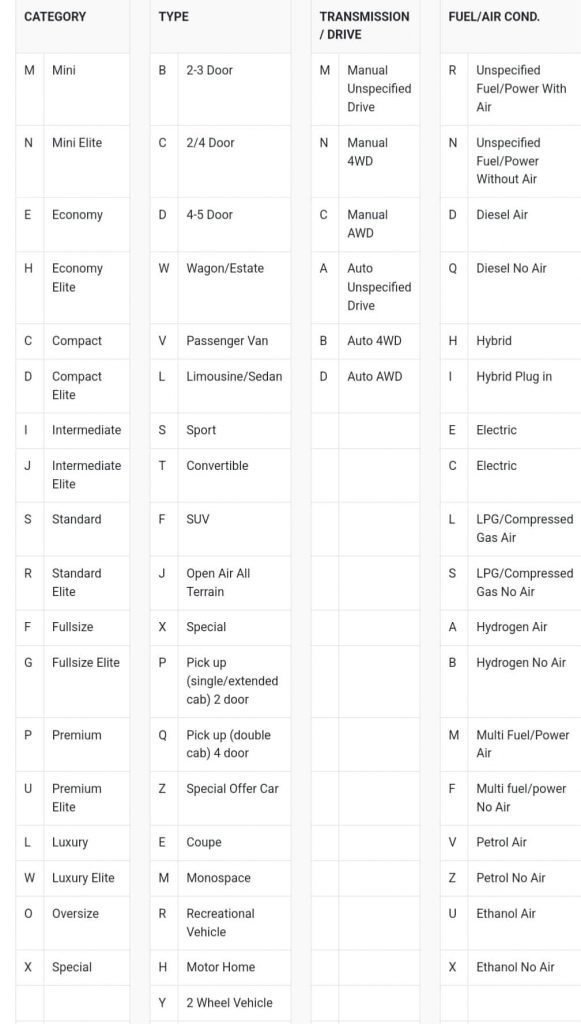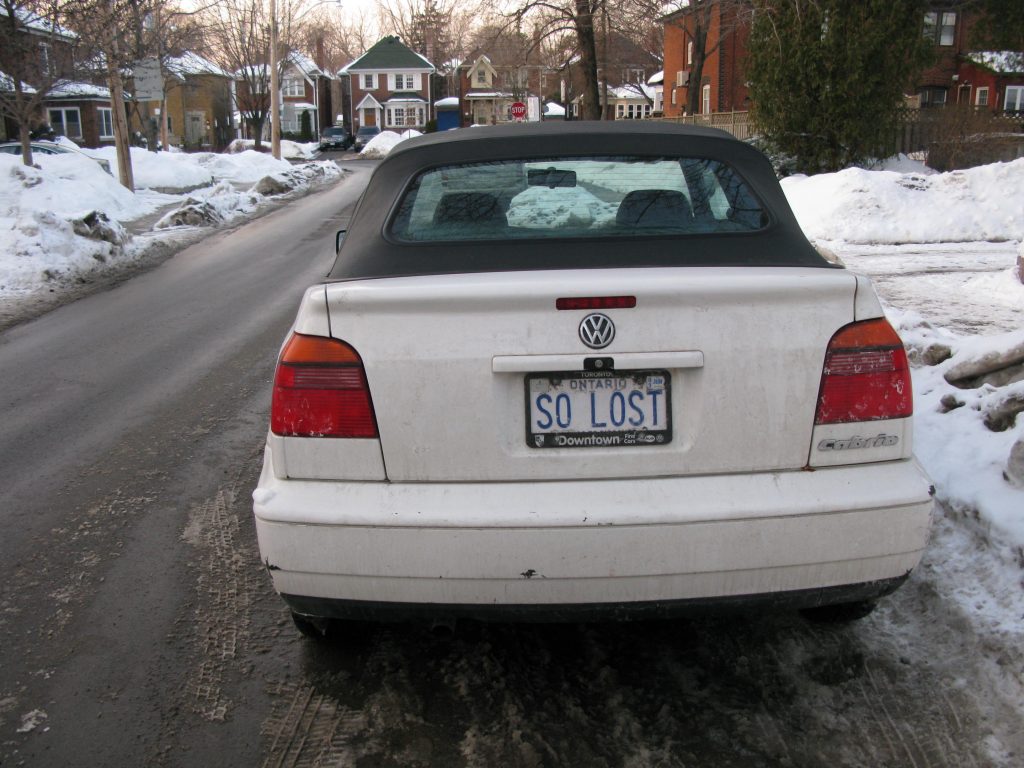Renting a car is preferable for trips involving nature.

In the city, it’s more complicated—traffic jams, complex traffic patterns, restricted urban zones (hello, beloved Italy), and parking. However, solutions can still be found. In almost every capital city, we have a parking hack that is located almost in the center but outside restricted zones, covered, and not too expensive. For example, in Rome, there’s Ludovici parking, and in Austria and Germany, we booked a P card, which lists all their parking locations in cities and also provides a half-price discount.

With the P Card, you can enter and exit affiliated car parks without using the payment machines. Two billing systems are available according to your requirements:
- If you are using the card for personal purposes, the P Card is linked to your Visa, MasterCard or American Express card. The P Card is free of charge and you are charged only for your actual consumption.
- If you are a business user, your consumption can be itemised on an invoice, which is sent to you at the end of each month. You no longer need to use the machines to get a receipt and recover your VAT.
How does it work ?
- Insert the card as you enter and exit affiliated car parks. This pays for your use of the car park.
- At the end of the month, all items are included in a single direct-debit invoice or your credit card is charged.
When planning a trip that includes both cities and nature, try to arrange it so that cities are at the beginning and end of the trip, and only rent a car for the countryside portion.
If you’re a solo traveler or a couple not passionate about excessive shopping and extreme driving, the main criterion will likely be price. If, like us, your trips resemble a nomadic caravan—traveling with three kids, four suitcases, five bags, and a stroller—you should be more selective in choosing your mode of transport. We usually opt for a station wagon or SUV, but we’ve had issues with both.
The fact is, when booking a car, you are usually guaranteed not a specific model, but a group of cars. These groups are designated by a four-letter abbreviation.
- The first letter represents the car segment, describing its size, cost, etc.
- The second letter indicates the body type.
- The third letter denotes the type of transmission and drive.
- The fourth letter specifies the fuel type and whether there is air conditioning.
For example, CFDR stands for Compact SUV 4-5 door Unspecified fuel with Air—meaning a compact raised vehicle (not to be confused with an off-road vehicle) with 4 or 5 doors and air conditioning, but without a specified fuel type. As you can see, even when ordering a specific group, the definition can be quite vague. Therefore, if you have specific needs (off-road vehicle, sports car, large trunk, number of seats), it’s better to opt for a higher category. By the way, ideally, if the car of the booked group is not available, you should receive a higher category car, but unfortunately, this doesn’t always happen, especially with smaller companies.
For convenience, I’ll attach a screenshot with all the letter designations in the abbreviation:

Now, about some important “details”:
Check the cost of returning the car with a partial tank of fuel. It’s generally better to return it full, but there may be emergency situations where you could be unpleasantly surprised by the cost of this service.
Some companies limit the mileage. Consider if this is suitable for you.
If you have an additional driver, make sure they are allowed to drive the car. Often, there is an extra charge for this.
During winter, or year-round in certain regions, you will need winter tires or even chains.
If needed, check the cost of additional equipment—GPS, child seats and boosters, bike racks, etc.

Now, the most interesting part – insurance. The rental company should provide insurance with CDW+TP coverage, which covers damage to the renter, passengers, third parties, and the vehicle. However, there is a significant deductible, usually around 2000 euros.
Since driving abroad is still an adventure, it is advisable to reduce or even eliminate your deductible. This can be achieved with SCDW insurance, which can cost 20 euros or more per day. With this insurance, many companies simply do not check the returned vehicle, so even if only half of it is returned, you won’t be held responsible.
The option we usually use is personal excess insurance. It is much cheaper than the waiver, but you should consider that in case of damage, you will first have to pay a significant amount out of pocket and then claim it back from the insurance company, providing necessary documents and waiting for the reimbursement according to the terms. This type of insurance can be purchased from the rental company or many insurance firms. Note that in most cases, such insurance covers only “accidental situations.” The definition is vague, and all my attempts to understand what it includes and what it does not have not been successful.
Another point is the amount frozen on your credit card. For many, this is a decisive factor. Typically, the amount required for SCDW is much lower.
Often, these insurances do not cover glass, tires, the undercarriage, and roadside assistance. These are inexpensive services, but it’s worth checking whether they are included in the insurance or need to be added separately.
When you arrive to pick up the car, they will likely try to sell you additional insurance, which is generally more expensive than if you had booked it in advance. Knowing exactly what insurance you have already ordered makes it easier to avoid overpaying or double-insuring the same coverage, as often happens. Knowledge is power.
Another important aspect is the cost and cancellation policy. Plans can change, and having this option can be important. If payment can be made on arrival rather than at booking – even better.
One frequently asked question is where to book. There are many options – local companies and representatives of large international ones, on-site booking, online aggregators, and travel agents. It’s a matter of taste and price. From my experience, firstly, look at recommendations; today, the internet has everything. Secondly, compare – prices for the same model, insurance, additional services, etc. After many car trips, through trial and error, I’ve developed a formula – booking FGAR with a local intermediary, with excess insurance.
In recent years, we have been booking through the international intermediary with local representation Autoeurope. They work with several companies, usually offer good prices, provide all insurance, and have been very helpful in unusual situations. This is not an advertisement.
And finally, a few practical tips:
- Don’t forget to bring your passport, driver’s license, and if necessary, an international license, as well as a credit card, preferably two. If there are additional drivers, make sure to bring their documents as well.
- When picking up the car, make sure to walk around it twice. Take plenty of photos on the first round and a video on the second. Photograph the dashboard, interior, and trunk. Do the same before returning the car, including the fuel gauge. It’s best if the photos and video include the date and time. Believe me, sometimes those few minutes can be invaluable.
- Do not start your journey without checking that everything in the car is in working order, including the air conditioning, headlights, and seat belts. Look for any red or yellow warning lights on the dashboard. Make sure the car has a warning triangle, jack, reflective vest, and a kit for fixing a flat tire.
- Try not to return the car too dirty, especially inside. Some companies do not hesitate to charge substantial fees for this.
And most importantly, if I haven’t discouraged you from renting a car abroad – enjoy your trip!
For more reports and useful information, check out the group.

